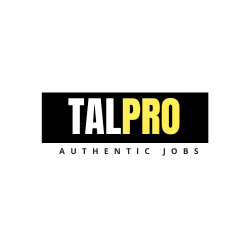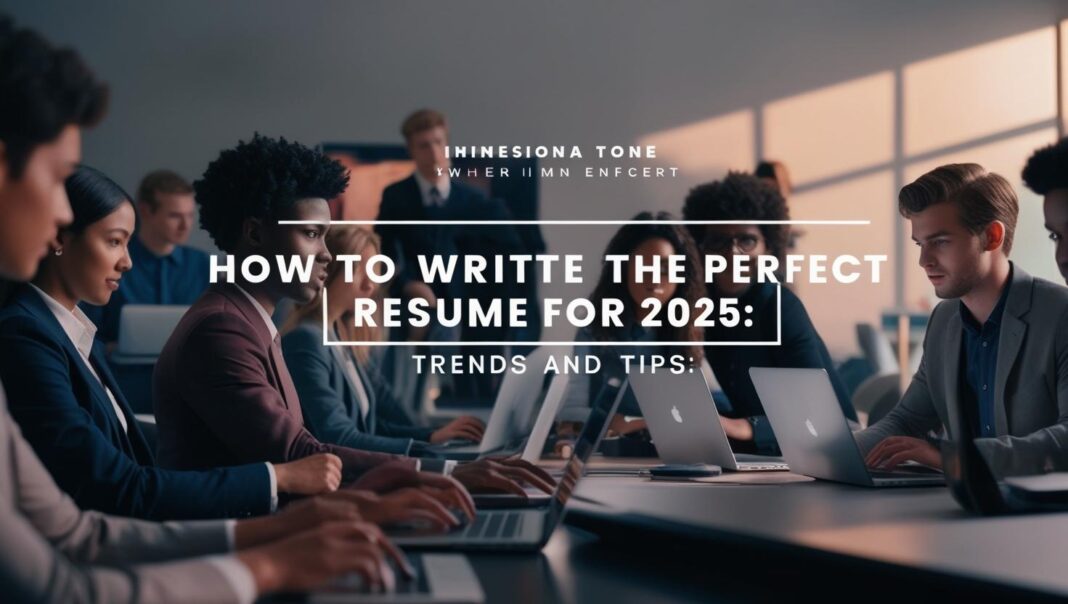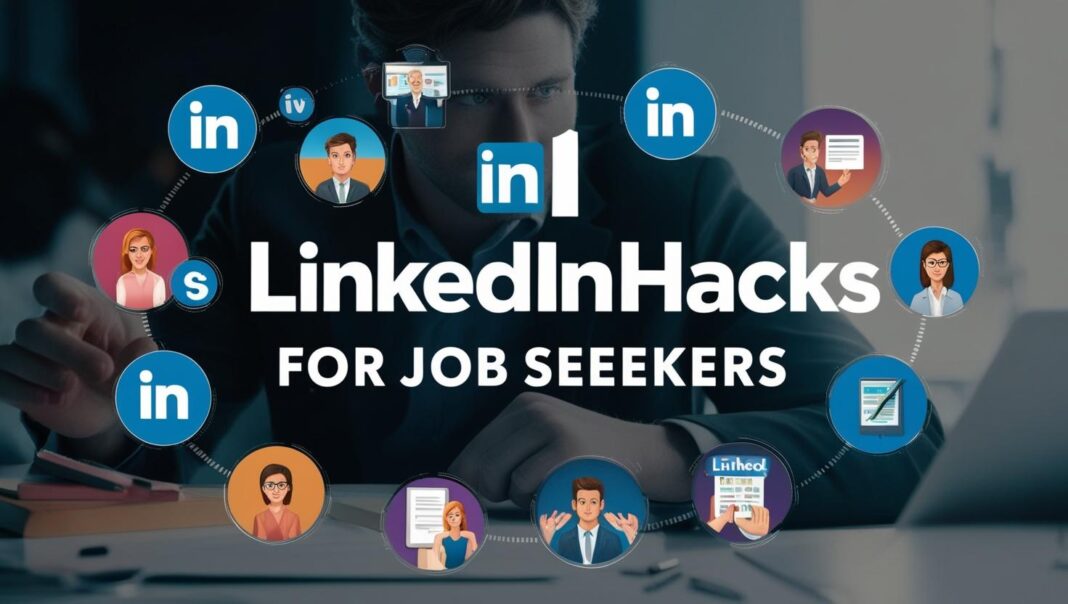Your resume is often the first impression you make on a potential employer, and in 2025, the rules of resume writing continue to evolve. From incorporating AI-friendly designs to tailoring your resume for specific roles, staying updated with the latest trends is crucial for standing out in a competitive job market. Here’s your ultimate guide to crafting the perfect resume that aligns with the expectations of today’s hiring landscape. #ResumeTips #JobSearch2025 #CareerSuccess
Why Your Resume Matters More Than Ever
In a world driven by technology and automation, your resume needs to pass through applicant tracking systems (ATS) while also making an impression on hiring managers. With recruiters spending an average of 6-8 seconds scanning resumes, the key is to make yours concise, visually appealing, and packed with relevant information. #ResumeWriting #JobSearchTips
Top Resume Trends for 2025
1. ATS-Friendly Formats
Most companies now use ATS to filter applications, which means your resume must be designed to pass this initial screening. Avoid overly complex layouts, graphics, and images that can confuse ATS. Stick to clean, simple formats with clear headers like “Work Experience” and “Education.” Use keywords from the job description to ensure your resume aligns with what the system is scanning for. #ATSResume #CareerBuilder
2. Tailoring for Specific Roles
Generic resumes are a thing of the past. Employers value applicants who take the time to tailor their resumes to the job description. Highlight the skills, experiences, and achievements that directly relate to the position. For example, if applying for a project management role, emphasize leadership, time management, and organizational skills. #TailoredResumes #ProfessionalGrowth
3. Quantifying Achievements
Employers want to see measurable results. Replace vague descriptions with quantifiable data. For example, instead of saying “Managed marketing campaigns,” try “Managed marketing campaigns that increased organic traffic by 30% and boosted lead generation by 25%.” Numbers make your contributions tangible and impactful. #ResumeAchievements #StandOut
4. Including Soft Skills and Certifications
While technical skills remain critical, employers are increasingly valuing soft skills like adaptability, collaboration, and communication. Include certifications or micro-credentials, such as courses from Coursera, LinkedIn Learning, or Google Career Certificates, to demonstrate a commitment to lifelong learning. #LifelongLearning #ProfessionalSkills
5. Visual Resumes for Creative Fields
For industries like design, marketing, or content creation, visual resumes are trending. Use platforms like Canva to create visually appealing yet professional designs. However, ensure you also have a plain-text version for ATS submission. #CreativeResumes #ResumeDesign
Step-by-Step Guide to Writing Your Resume
Step 1: Choose the Right Format
Decide between chronological (most common), functional (skills-focused), or combination (hybrid) formats based on your career stage and experience. For example:
• Use chronological for a steady career path.
• Opt for functional if transitioning careers or addressing employment gaps.
• Combine both for a flexible approach. #ResumeFormats #JobSearch2025
Step 2: Start with a Strong Summary
Write a compelling professional summary or objective at the top of your resume. Example: “Results-driven digital marketing specialist with 5+ years of experience increasing organic traffic and driving lead generation. Skilled in SEO, content strategy, and analytics.” Tailor this section for each job. #ResumeSummary #CareerOpportunities
Step 3: Highlight Key Skills
Create a dedicated skills section with both hard and soft skills. Example:
• Hard Skills: Data Analysis, Python, Graphic Design
• Soft Skills: Leadership, Adaptability, Collaboration
Use bullet points for clarity. #KeySkills #ResumeOptimization
Step 4: Showcase Work Experience
List your most recent job first, then work backward. Include:
• Job Title
• Company Name
• Employment Dates
• Key Responsibilities and Achievements (using action verbs and metrics)
Example: “Optimized supply chain processes, reducing costs by 15% and improving delivery time by 20%.” #WorkExperience #AchievementDriven
Step 5: Include Relevant Education
Highlight degrees, certifications, and relevant coursework. For students or recent graduates, include academic projects or internships that align with the job. #EducationMatters #ProfessionalGrowth
Step 6: Keep It Concise
Limit your resume to one page if you have less than 10 years of experience. For senior professionals, two pages may be acceptable but ensure every section adds value. #ResumeLength #ProfessionalTips
Common Mistakes to Avoid
1. Spelling and Grammar Errors: Proofread multiple times or use tools like Grammarly to avoid errors.
2. Unnecessary Information: Skip personal details like your photo, marital status, or age unless required in specific regions.
3. Overloading with Buzzwords: Avoid clichés like “team player” or “hardworking” without context—focus on concrete examples. #ResumeMistakes #AttentionToDetail
Final Checklist Before Sending Your Resume
• Is it tailored to the job description?
• Does it include measurable achievements?
• Is the formatting clean and ATS-friendly?
• Have you included a professional email and updated LinkedIn URL?
• Has it been proofread for errors? #ResumeChecklist #CareerReady
Conclusion: Your Resume, Your First Impression
A well-crafted resume is your ticket to landing interviews in 2025. By aligning with current trends and focusing on clarity, relevance, and professionalism, you can create a resume that sets you apart from the competition. Start updating your resume today and take the next step toward your dream job! #ResumeTips #JobSearchSuccess #CareerAdvancement




